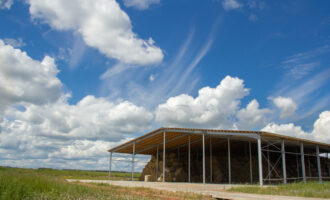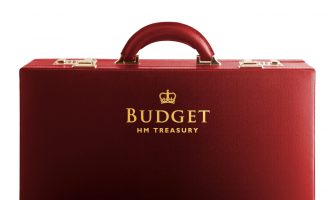Do any of your business activities qualify for partial exemption from VAT? Daniel May, VAT Manager, explains how and when partial exemption might apply, the annual adjustments that can be made, and some methods of recovering VAT back from HMRC.
Most businesses VAT year runs to the end of either March, April or May, depending on the VAT quarters chosen. It is possible to agree a non-standard VAT year end with HMRC where the business trade is seasonal. This is quite common in the educational and tourism sectors. A business submitting monthly returns will always have a year end of 31 March unless it has agreed otherwise.
The VAT year end date is particularly important where a business makes both taxable and exempt supplies and is therefore required to carry out partial exemption calculations to fairly attribute input VAT incurred between those supplies.
How much can be recovered?
Unless within the prescribed partial exemption deminimis limit, input VAT that is attributable to exempt supplies cannot be recovered. The deminimis limit is a maximum of £7,500 of input VAT related to exempt supplies in the year. The total exempt input VAT must also be less than 50% of the total input VAT incurred.
Under partial exemption, input VAT recovery during the VAT year is provisional, subject to an end of year ‘true up’ known as the annual adjustment. If a business is deminimis in one VAT year, it can choose to continue to treat itself as deminimis until the next annual adjustment.
What is the annual adjustment?
The annual adjustment re-visits the quarterly VAT recovery position and looks at it on an annual basis to even out any peaks and troughs in the trading pattern.
The annual adjustment can be performed and declared to HMRC on the VAT return following the end of the year (e.g. June for a March year-end), but a business has the option to bring the adjustment forward to the final tax return of the year (e.g. March in the above example) which it might choose to do if the adjustment is in its favour.
An example of input VAT recovery
A new business with a VAT year ending on 31 March, restricted its input VAT recovery by £3,000 in the June quarter because it was not considered deminimis in that tax return period. However, once the annual adjustment was performed, the total exempt input VAT was found to be only £5,000 and the total input VAT incurred £15,000.
The business is within deminimis for the VAT year, so it can make an annual adjustment to recover the input VAT it restricted earlier in the year.
The Capital Goods Scheme
As well as partial exemption annual adjustments, further calculations may be required if a business owns assets that are within the Capital Goods Scheme (‘CGS’).
The most common assets held under the CSG are property purchases over £250,000 where VAT was incurred, and property alterations and improvements above the same limit. Other assets include land, computer equipment and boats or other vessels costing over £50,000.
A business is required to adjust the initial VAT recovery on these assets over a period of 10 years for land and 5 years for others. The adjustments cater for fluctuations in the use of the assets for non-business and exempt purposes.
Special methods of recovering input VAT
The standard method of recovering VAT when partially exempt involves two stages. The first is direct attribution of input VAT. In this instance, input VAT which is considered directly attributable to the creation of either taxable or exempt supplies is allocated. Input VAT relating to taxable supplies is recoverable, but VAT relating to exempt supplies is subject to the deminimis test above.
For example, where goods are purchased for re-sale, these will usually be attributable to taxable supplies. If agent fees are incurred relating to the rental of residential property, these will be allocated to exempt supplies.
The second method of recovering input VAT relates to where input VAT cannot be attributed to taxable or exempt supplies. In this case it will be considered residual, and an apportionment must be made. Under the standard method, this is done using a percentage calculated by dividing the total amount of taxable supplies by the value of total supplies, rounded up to the nearest whole percentage. This method is accepted by HMRC in most cases without the need for a written agreement.
Professional help when VAT partial exemption gets complicated
What happens if the standard VAT recovery method does not provide a fair and reasonable result for your business? What if arranging high value exempt financial transactions from the upstairs office requires two full time members of staff, but supplying low value goods from the ground floor warehouse requires ten – is it fair to allocate input VAT related to that business on a turnover basis?
With help from a VAT specialist, the business could look at agreeing a special recovery method with HMRC to attribute input tax more fairly to taxable supplies. In this instance a staff time/cost basis may seem reasonable, but a special method can be calculated using literally any basis acceptable to HMRC.
A special method can often be beneficial in the not-for-profit, educational, financial services, property rental etc. sectors where the scenarios are more complicated than those above and even small increases in the recovery percentage/method of attribution can lead create a significant financial advantage because of the level of input VAT incurred by the organisation.
If you would like to find out more about how VAT partial exemption affects your business finances, and whether a special method may be worth investigating please email Daniel at hello@scruttonbland.co.uk or call 0330 058 6559.







